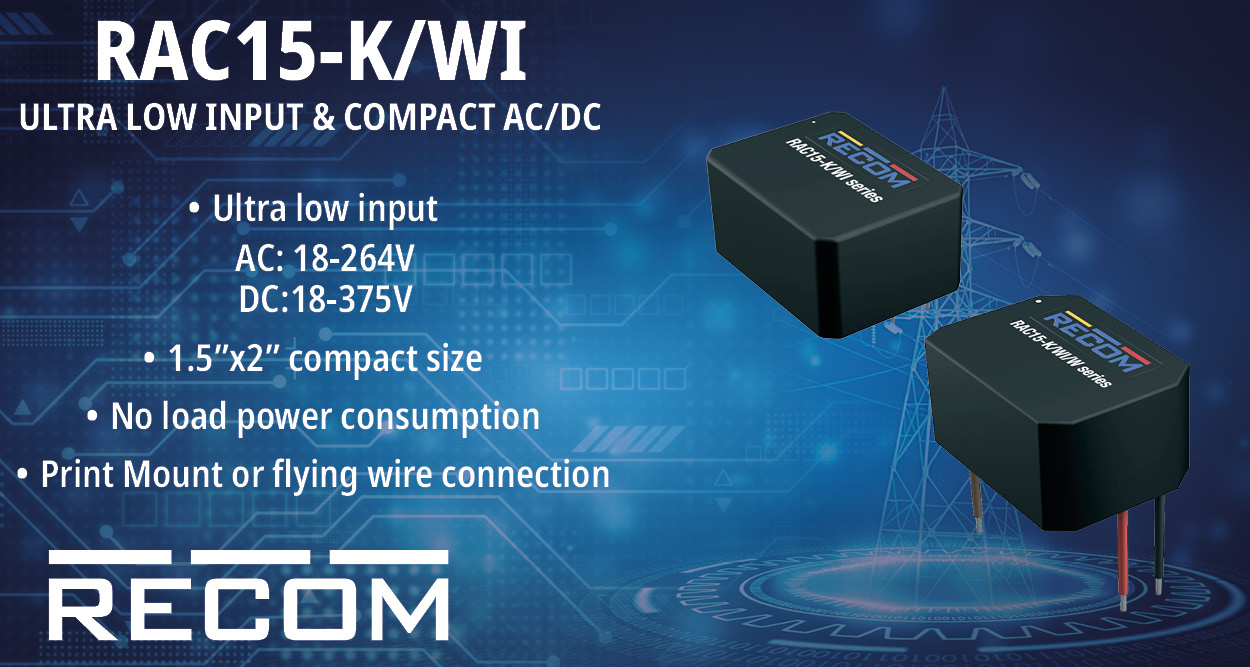India Cellular and Electronics Association (ICEA) commends the Hon’ble Prime Minister Shri Narendra Modi for his visionary leadership and the notification of the Electronics Component Manufacturing Scheme (ECMS), which marks a crucial step towards strengthening India’s position in global electronics manufacturing. We also acknowledge the leadership of Shri Ashwini Vaishnaw, Hon’ble Minister for Electronics & IT, and the dedicated efforts of the MeitY leadership in crafting this forward-looking and industry-aligned policy. Developed through extensive consultations, ECMS is poised to enhance India’s competitiveness, build indigenous capabilities, deepen the electronics value chain, and catalyse large-scale investments and employment
ECMS has a fiscal outlay of INR 22,919 crore over a period of 6 years and aims to generate production of INR 4,56,000 crore with an investment of INR 59,350 crore. The scheme is expected to create 91,600 direct jobs and a manifold number of indirect jobs. It will be open for applications for an initial period of 3 months, starting from 1st May 2025, which may be extended. Applications may also be reopened at anytime during the scheme’s tenure based on industry response and budget availability.
The target segments include camera module sub-assembly, display module sub-assembly, SMD passives, non-SMD passives, electro-mechanicals, multilayer PCBs, HDI/MSAP/Flexible PCBs, Enclosures for mobile phones, IT Hardware products and related devices, and Li-ion Cells for digital applications and supply chain ecosystem and capital equipment.
Appreciating the specific challenges of each target segment, the scheme has varied incentive structures, including turnover-linked incentives ranging from 4-10%, a capex-linked incentive of 25%, and an amalgamation of the two for selected bare components. The disbursement of incentives has been linked to meeting the cumulative incremental employment threshold criteria.
| S.No. | Target Segments | Cumulative Investment (₹) | Turnover Linked Incentive (%) | Capex Incentive (%) |
| A | Sub-Assemblies | |||
| 1 | Display module sub-assembly | 250 crore | 4/4/3/2/2/1 | NA |
| 2 | Camera module sub-assembly | 250 crore | 5/4/4/3/2/2 | NA |
| B | Bare Components | |||
| 3 | Non-SMD passive components | 50 crore | 8/7/7/6/5/4 | NA |
| 4 | Electro-mechanicals | 50 crore | 8/7/7/6/5/4 | NA |
| 5 | Multi-layer PCB | 50 crore | ≤ 6 layers 6/6/5/5/4/4 ≥ 8 layers 10/8/7/6/5/5 | NA |
| 6 | Li-ion Cells for digital application (excluding storage and mobility) | 500 crore | 6/6/5/5/4/4 | NA |
| 7 | Enclosures for Mobile, IT Hardware products and related devices | 500 crore | 7/6/5/4/4/3 | NA |
| C | Selected Bare Components | |||
| 8 | HDI/MSAP/Flexible PCB | 1000 crore | 8/7/7/6/5/4 | 25% |
| 9 | SMD passive components | 250 crore | 5/5/4/4/3/3 | 25% |
| S.No. | Target Segments | Minimum Investment (₹) | Turnover Linked Incentive (%) | Capex Incentive (%) |
| D | Supply Chain Ecosystem and Capital Equipment | |||
| 10 | Supply chain of sub-assemblies (A) & bare components (B) & (C) | 10 crore | NA | 25% |
| 11 | Capital goods used in electronics manufacturing including their sub assemblies and components | 10 crore | NA | 25% |
In addition to drawing global players, the scheme is expected to build domestic champions, integrate them into the global value chains (GVCs), and enable them to become globally competitive. ICEA believes this will position India as an integral part of the electronics GVCs and build a resilient manufacturing ecosystem. India is already demonstrating capability in components and has started exporting to countries such as China and Vietnam. The new scheme will provide further fillip to these early successes and accelerate the momentum multifold.
Mr. Pankaj Mohindroo, Chairman, ICEA, remarked on the announcement, “We congratulate the Ministry of Electronics & IT, under the leadership of Union Minister Shri Ashwini Vaishnaw, for conceptualising this timely initiative to build the competitiveness of India’s electronics supply chain. It will strengthen the electronics manufacturing ecosystem, increase domestic value addition, build Indian Champions, and accelerate India’s emergence as a global electronics hub. This is a strategic and timely intervention aligned with the Hon’ble Prime Minister’s vision to make India a leader in electronics manufacturing.”
The success of the Production Linked Incentive (PLI) scheme for Mobile Phones offers a strong precedent. Mobile phone production has grown ~100% and is estimated to reach USD 60 billion in FY2024-25, with exports expected to cross USD 23 billion. This is a remarkable shift towards export-led growth. The scale achieved within a short span highlights India’s capability to build globally competitive manufacturing ecosystems. This new scheme is poised to complement the existing PLI for mobile phones and PLI 2.0 for IT hardware, reinforcing the government’s holistic approach to electronics manufacturing.
Mr. Mohindroo further stated, “India’s electronics sector has already built substantial scale, particularly in mobile phones, making us the world’s second-largest manufacturer. As we work towards achieving USD 500 billion in electronics production, this scheme will be critical for building a robust, resilient, and globally integrated component and sub-assembly base. It is profoundly encouraging to see the methodical step-by-step efforts by the Government since 2020 to attract investments, build capability and enhance capacity across the domestic supply chain. The whole ecosystem will be galvanized, and a competitive and robust ecosystem will be built in India.”
“ICEA is committed to supporting the Government’s vision through targeted global outreach, engaging companies to invest, manufacture, and partner in India. This policy has been developed in close consultation with the industry, and the entire electronics industry stands firmly behind it. We will work relentlessly to ensure its success and position India as a central node in the global electronics value chain”, concluded Mr. Mohindroo.
India aims to grow its components and sub-assembly manufacturing to USD 145–155 billion by 2030. This growth will meet domestic demand and enable exports worth USD 35–45 billion, deepening India’s integration into global value chains. The Scheme addresses India’s cost disadvantages by offering attractive incentives and improving competitiveness. It supports the Government’s vision to achieve USD 500 billion in electronics manufacturing, including USD 180-200 billion in exports. This will also help position the sector as a net foreign exchange earner

















